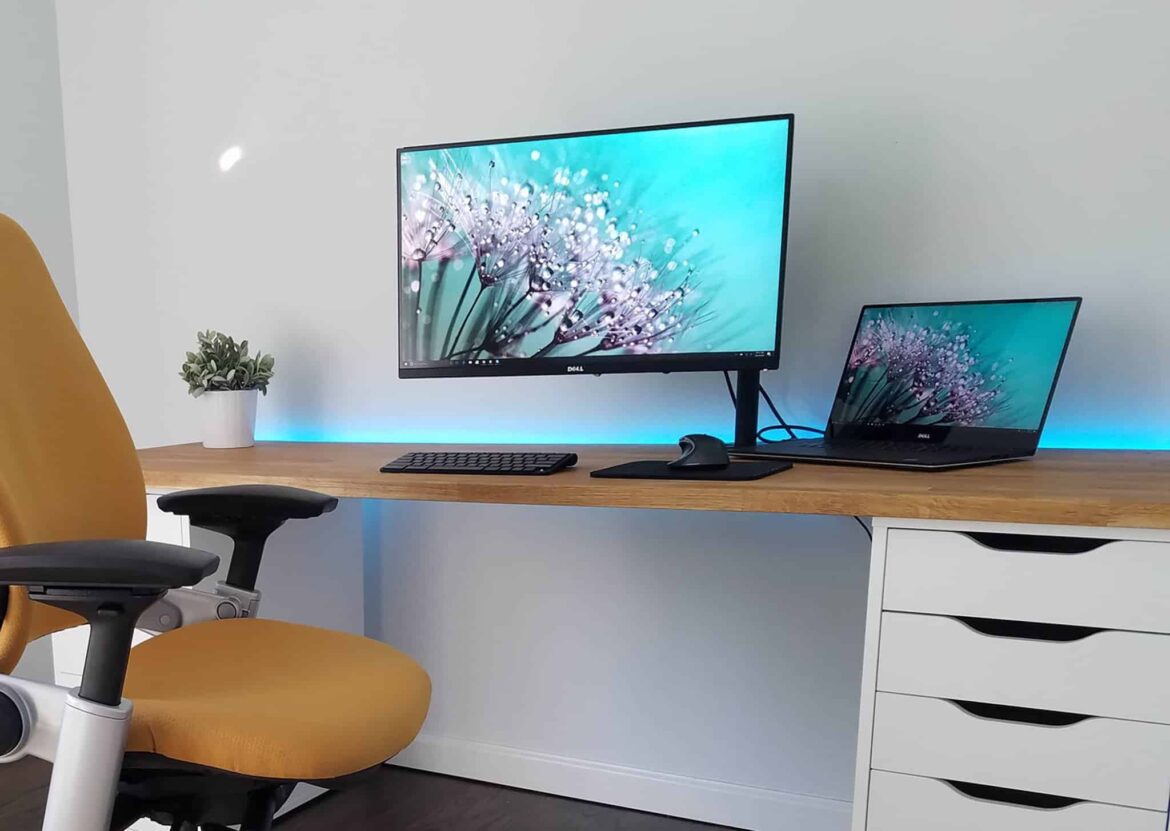1.1K
A second screen is easy to set up and use in Windows 11. Here you will find all the important information you need to set it up
Second screen in Windows 11 – Connecting the screen
If you want to set up a second monitor in Windows 11, you will need a different cable depending on the monitor and the available connections on your computer. The following cable types are common.
- HDMI: Modern monitors and televisions have an HDMI connection, which can transmit sound and images in HD quality and higher. The quality also depends on the HDMI cable
- USB-C: Since USB-C has become the standard connection for many functions, there are more and more monitors with a USB-C connection with which you can also transfer image material via a USB-C cable.
- VGA: Although the analog VGA cable can only transmit images, it is still used to connect a monitor to the computer.
- DisplayPort: You can also easily set up a second monitor with a DisplayPort cable. It is similar to the HDMI cable in terms of specifications.
- DVI: You can easily transmit video material with a DVI cable, but not sound. An HDMI adapter would be required for this.
Windows 11 – Setting up a second monitor
Once the monitor is connected to your Windows 11 device via cable and switched on, Windows should automatically recognize a second display. You must now change the display settings.
- Open the Windows 11 settings, which can be found in the Start menu, via the search or with the key combination [Windows key] + [I].
- Select “System” on the left and then “Display” on the right to call up the display settings.
- Alternatively, you can right-click on your desktop to open the display settings directly.
- A second display is automatically recognized here, which is displayed next to your main display.
- Click on [Identify] to display the assigned number on the respective screens. This allows you to recognize which monitor has been marked with “1” and which with “2”.
- Use the selection next to it to decide whether the screen content should be duplicated or expanded on the second screen.
- With the selection “Duplicate this display”, the same content is displayed on both screens. This is useful, for example, if you connect your computer to a projector and want to show the same content.
- With “Extend this display”, you can use the second screen as an extension of your workstation. This allows you to run several programs at the same time and move the mouse between your screens.
- Tip: You can quickly change the display mode with the key combination [Windows key] + [P]. Alternatively, you can also change the settings via the quick settings
- In order to move the mouse to the other screen in the right place, it makes sense to arrange the displays correctly. You can drag and drop the displays in the preview to adjust them to the arrangement on your desktop.
- If Windows does not recognize your second monitor, you can press the [Detect] button under “Multiple monitors”. If no monitor is found, check the cables
- In addition, you will find further options for working with multiple screens in the display settings.
- Windows 11 shows an innovation in this area in particular: If you reconnect a screen, Windows can try to rearrange the apps as before.

